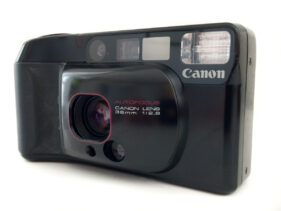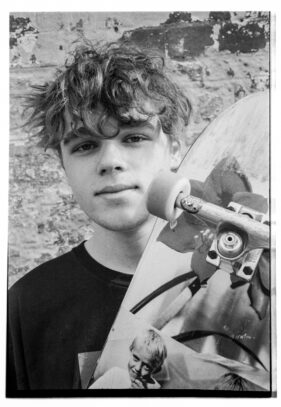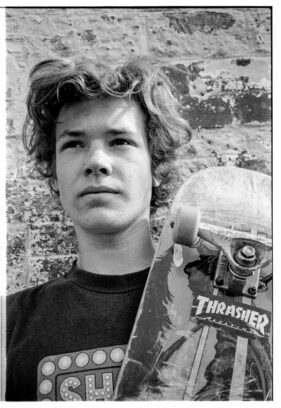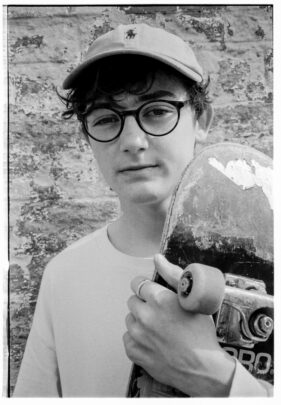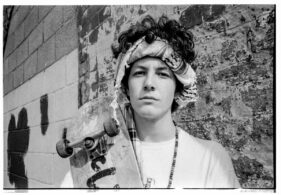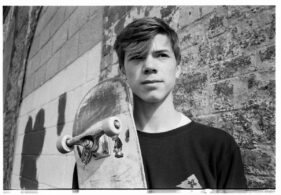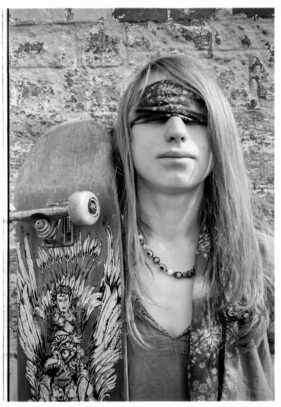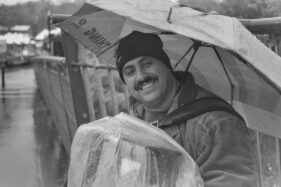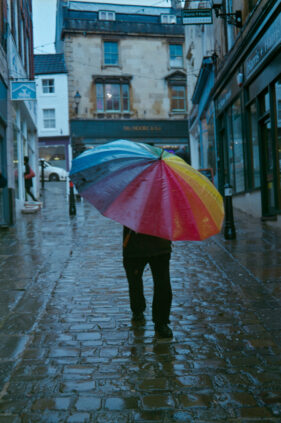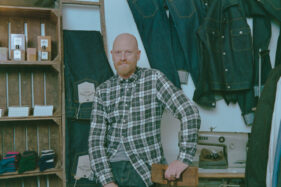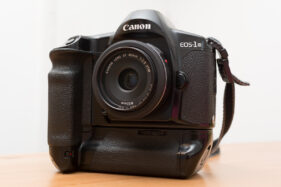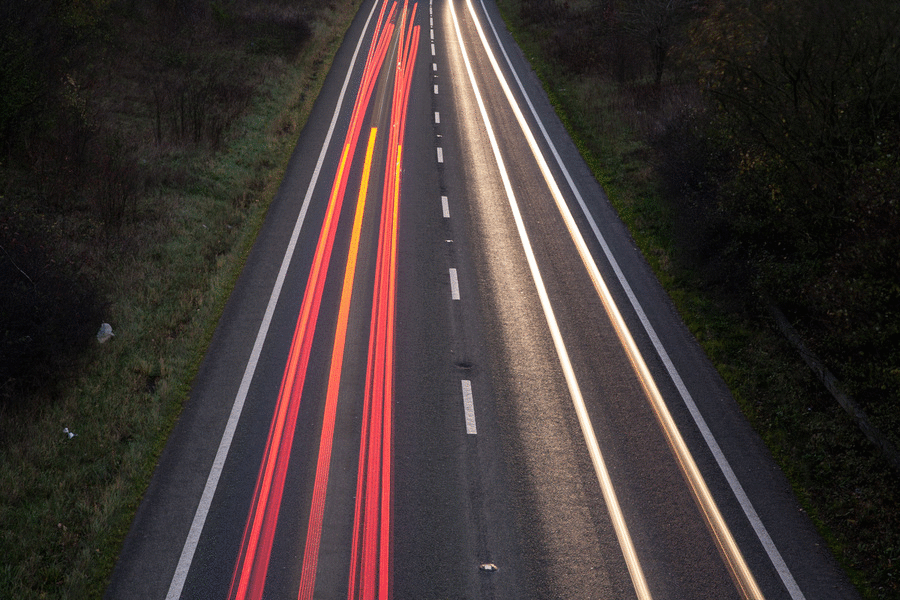Regular clients will be delighted to learn I haven’t stopped investing in camera equipment, though they may be surprised that my latest Canon purchase cost me exactly two whole British Pounds. Yes, £2.00.
On Sunday I paid a visit to the Frome Wessex Camera Fair at the Cheese and Grain venue (where The Foo Fighters recently and very famously played a surprise gig).
There were no superstars on this occasion, but the entry fee was a mere £3.00 which I happily paid. So let’s pretend a portion of that should be considered part of the cost of the camera, but since I also bought a cable release (£3.00) and a handheld light meter (£4.00), at worst the camera cost me £3.00.
My reason for this particular purchase, a Canon Sureshot Supreme, is that this was a camera which came out in the 1980s when I was working at London Camera Exchange in Bath. It caused quite a stir at the time for its modern styling and fast, accurate automation of focus and exposure settings. There was a huge advertising campaign behind it, and though it wasn’t a budget model of its day, retailing as it did at around £120, we sold bucket loads of them.
I spotted this particular one on a table at the fair, but when I looked at it more closely I thought it might be dead (the battery level showed good, but the shutter wasn’t firing). So I negotiated £2.00 for it, took it home, popped a fresh battery in and BINGO! it worked. Clearly the battery level indicator is a die-hard optimist.
So then I thought, what can I do with this? Would it be possible to shoot a set of pictures which might present an interesting project? Does the camera actually work as a photographic tool, or might some part of the electronics or optical system be so old as to be non-functioning? Only one way to find out.
Loaded with a roll of Kodak Tri-X black and white film and with the help of my son Joe and his friends, I set about making a series of portraits that I hoped would make a mini series on skaters and their boards – battle scars and all (the boards more than the skaters).
I tried using the built-in flash in the outdoor setting to see what effect I could conjure with that, but it was pretty horrible, so I went with the daylight-only images in my selection.
My verdict on the camera is it’s not the sharpest lens in the world, but the exposure is good and the overall effect is quite interesting. Not bad for a 30-year-old pocket camera, the current value of which is quadrupled by the loading of a roll of film and a fresh battery.
The result is a series of portraits of these young lads, each standing confidently as teenage boys do with their skateboards acting as shields – to be fair, I asked them to bring the boards up into the frame. But each has their own way of confronting the lens. A couple look away, one would only be photographed blindfolded with his bandana, but I love the unexpected in a photo and if someone chooses to hide their eyes, avert their gaze, or perform some other unexpected motion which reveals something about them, I’m happy to include this as it says more than a straight portrait.
Whatever I like or don’t about these pictures, your opinion is more important and if you’ve a mind to, I’d love to hear what you see in these pictures.
Whether I’ll shoot much on the Sureshot, or just keep it as a museum piece, I’ve yet to decide, but heck, for £2.00 and a roll of film it’s been an interesting exercise.
Thank you to Finlay, Ben, Christy, Joe, Toby and Danni for your help. It probably seemed a peculiar request on the day, but I hope you like the results.

